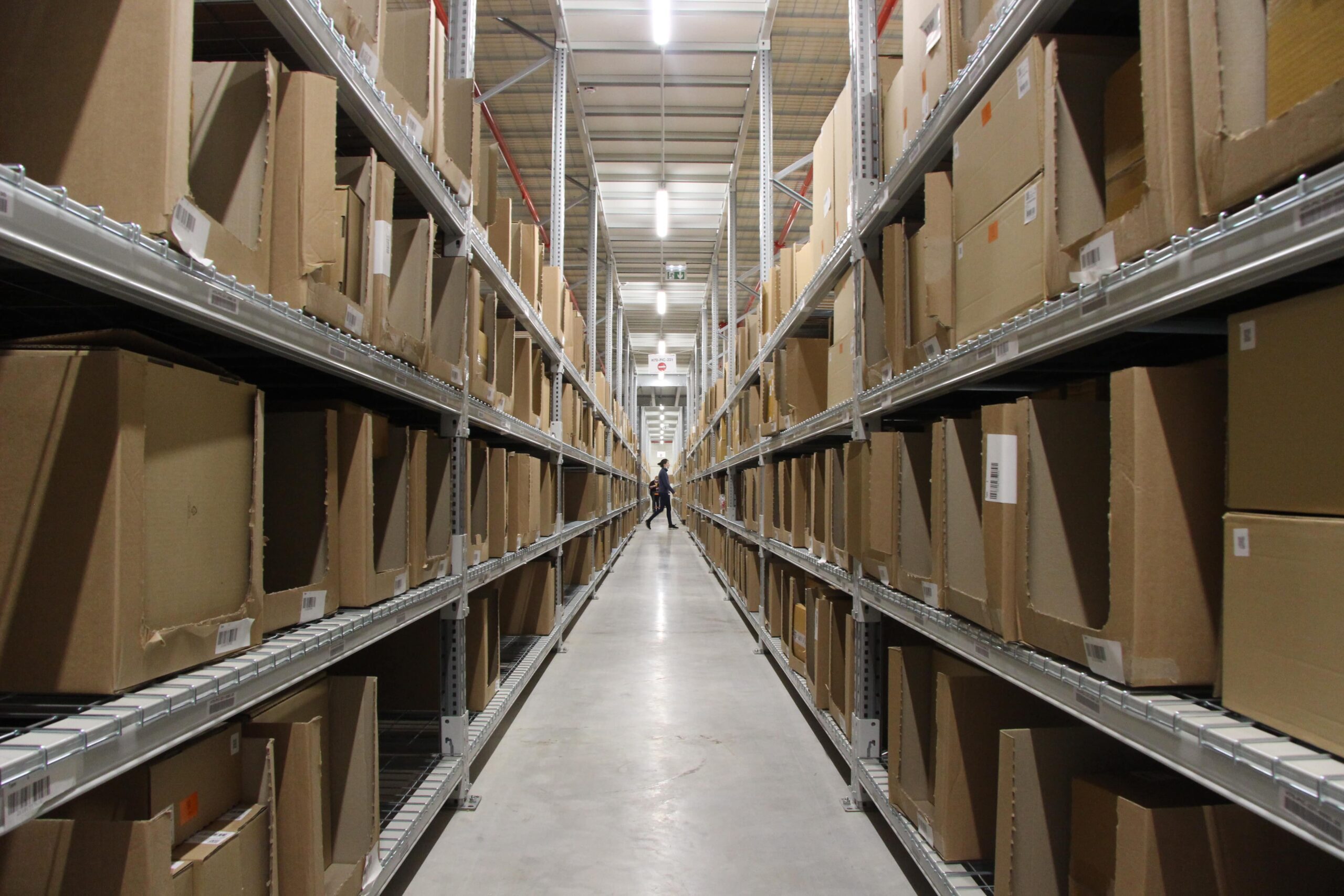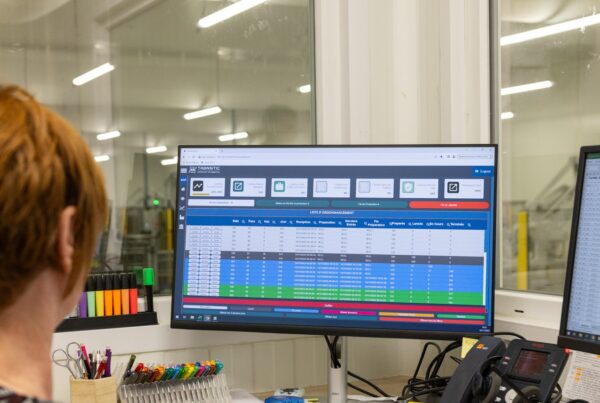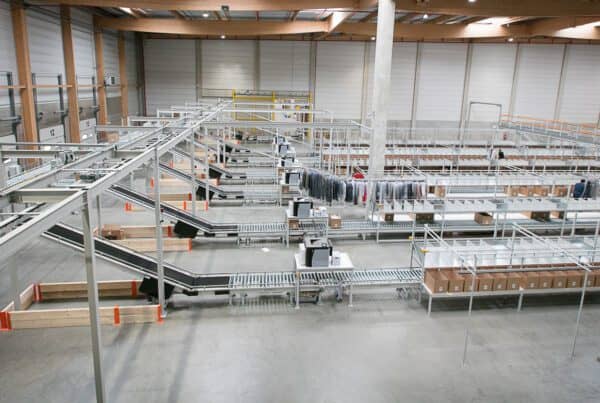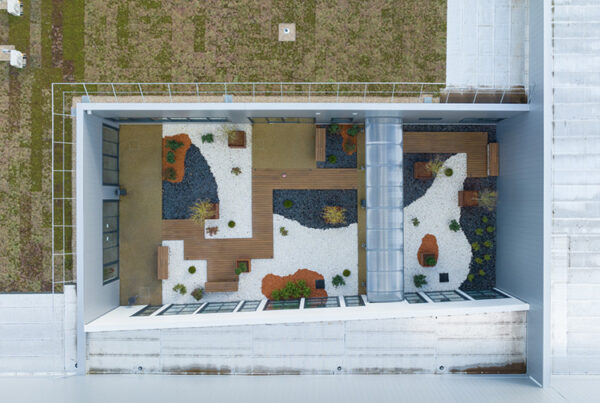What intralogistics solutions can optimize the handling of returns and unsold items?
Returns and unsold goods are often the bane of businesses. Poorly managed, they can disrupt the entire supply chain, clog storage spaces, and generate significant operational and financial costs. This situation not only affects profitability but also overall productivity and customer satisfaction.
However, beyond these constraints, optimized management of returns and so-called “dormant” stock can be transformed into an opportunity. By adopting appropriate intralogistics solutions, companies can reduce their losses, enhance their brand image, and move toward a more sustainable circular economy.
Summary of the article
An optimized intralogistics management of returns and unsold goods helps reduce costs and improve productivity. By automating processes and ensuring product traceability, companies can better handle reverse flows and quickly reintegrate returned items into inventory. Predictive management software also enables them to anticipate consumption trends and optimize restocking.
01. Definition of “reverse logistics”
This term refers to all logistics processes related to product returns, regardless of the reason—manufacturing defect, order error, or customer dissatisfaction.
Managing returns logistics involves several key steps: collection, sorting, inspection, refurbishment or recycling of products, and their reintegration into the sales cycle. Although all businesses are affected by reverse logisticsthe e-commerce sector, with an average return rate in France of around 25%, is particularly affected by this issue. (Source: Fevad)
02. Unsold Goods: The Hidden Cost of Logistics
Unsold items pose a major challenge for businesses due to storage costs and product depreciation. Financial losses amount to approximately 2.7% of companies’ overall turnover—excluding food products. (Source: Ademe)
The main causes are poor demand forecasting, resulting from inaccurate assessments of market trends or seasonal fluctuations. This often leads to overproduction or excessive ordering.

03. Intralogistics as a Strategic Lever
L’intralogistique joue un rôle essentiel dans la performance des entreprises en réduisant leurs pertes, en augmentant leur agilité et en améliorant la satisfaction client.
The sharp increase in returns and unsold items risks saturating warehouses, negatively impacting operational productivity.
It is therefore crucial to design a dedicated strategy to manage them as efficiently and swiftly as order fulfillment. Fortunately, there are various intralogistics solutions— from low-cost options to more significant investments — that help optimize stock management, reconditioning, and sales forecasting.
Reorganizing Warehouse Space and Product Flows
To optimise the handling of returned items, businesses can create a dedicated area in the warehouse to separate the flow of returned goods from that of standard products. This helps limit interference that could cause delays or errors. Temporary storage areas can also be useful for pending items, along with dedicated workstations for inspection and reconditioning operators.
Accurate Product Identification
Optimised return and unsold item management relies on precise labeling and full traceability of products, which are essential for the smooth operation of automated and IT systems. Automatic labelers ensure fast, reliable marking with no risk of error. Thanks to RFID technology, stock levels can be updated in real time by scanning items without contact. Barcodes also allow product identification through scanners placed throughout the logistics chain.
04. Automated Storage and Sorting Systems
Process automation is key to quickly sorting returned items by condition (new, defective, etc.) and redirecting them to the appropriate channel.
Automated Storage and Retrieval Systems (AS/RS)
AS/RS can retrieve and store products with unmatched precision and speed. They are particularly suited for small items and are an ideal solution for managing returns of high-turnover products like accessories or clothing. In parallel, they help identify “dormant” items through real-time data and thus prevent overstocking.

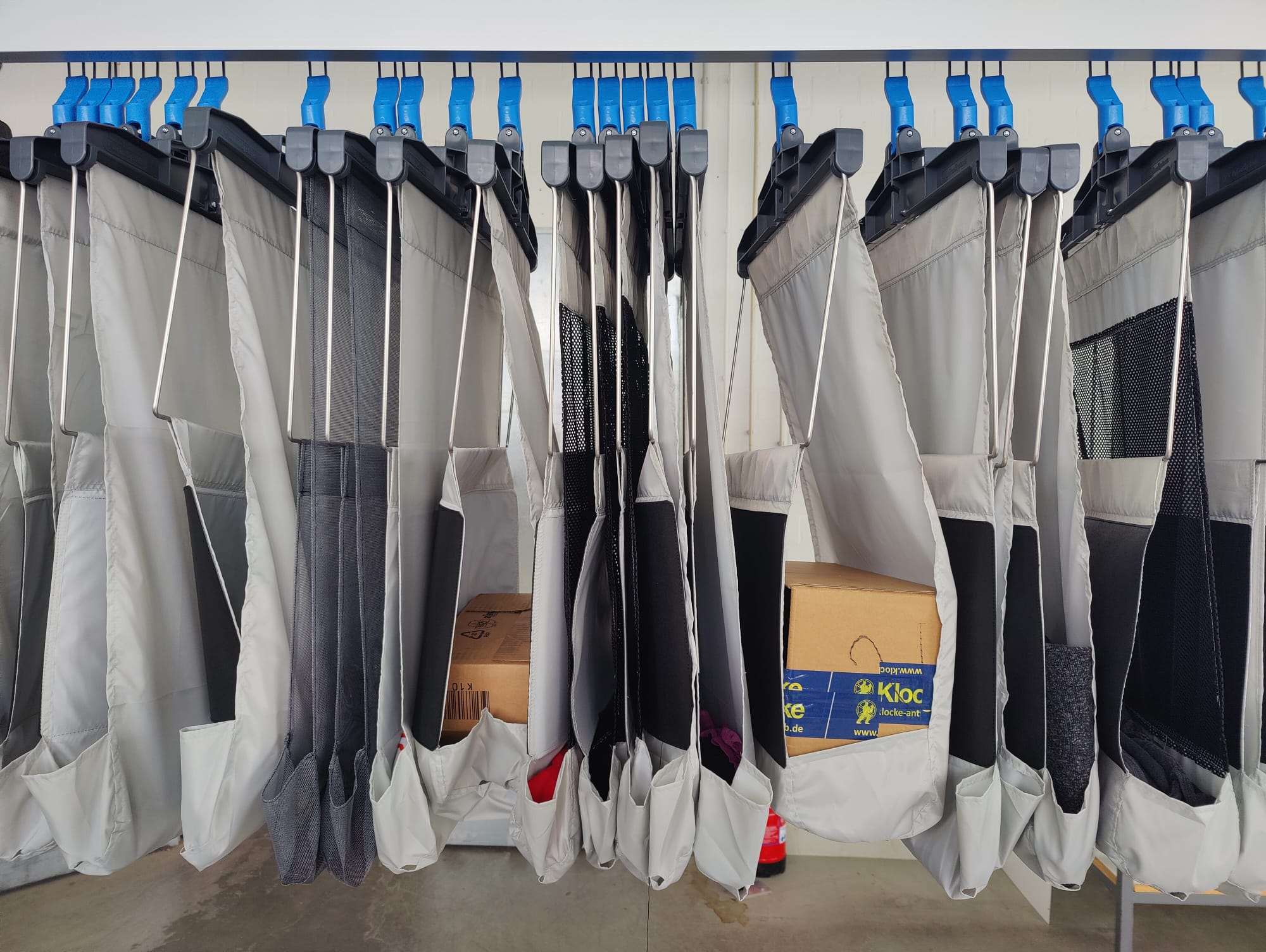
Pocket Sorter (Pouch Sorter)
The pocket sorter is a versatile solution particularly suited to reverse logistics. It collects, transports, and sorts items in bulk, regardless of origin or picking method. Equipped with barcodes, it ensures accurate identification and routing of products to their final destination: restocking, reconditioning, or shipping. It is one of the few systems capable of simultaneously handling return flows and standard flows.
Automatic Reconditioning Machines
Most returned products require careful reconditioning before being resold. In the fashion industry, for instance, garments often need to be cleaned, de-wrinkled, and re-bagged. To ensure fast and individual item processing, specific equipment such as finishing tunnels or automatic baggers are used.
For electronic items, the focus is on inspection and verifying the completeness of components. These operations can be streamlined using robotic arms or Pick-to-Light systems to optimize the kitting process.
Additionally, each returned item must be carefully relabeled and repackaged. These time-consuming tasks can be automated with labeling and packaging machines, freeing up operators for higher-value tasks.


05. Predictive Management Software
Return Management Software (RMS) is specifically dedicated to reverse logistics and centralizes all return-related information. It automates administrative tasks such as refund processing and return label creation.
Warehouse Management Systems (WMS) include tools for real-time stock level tracking, sales forecasting, and storage optimization.
With these new stock management solutions, combined with advanced data collection and analysis, businesses can identify the root causes of returns and implement preventive measures. They also optimize the handling of unsold items by adjusting restocking and equipping decision-makers with the insights needed to develop effective commercial strategies.
About the Author – Adrien Gislain
Adrien Gislain has been working at Transitic as Customer Solutions Manager since 2021. With over 10 years of experience in logistics, both in France and internationally, he is recognized as an expert in Intralogistics 4.0 and robotics.
Discover more by visiting our installations!
Subscribe to our newsletter
A concentrated dose of intralogistics! Discover our latest business cases, videos, and news.
Related Articles
#connectedintralogistics
France
96 Bd du Petit Quinquin
CRT 1 – 59812 Lesquin
Tél. : +33 (0)3 20 87 66 96
Germany
Am Scheid 1
57290 Neunkirchen
Tel : +49 2735 6588580
Spain
C/ Velazquez, N. 80 – 5 IZ
28001 Madrid
Tel : +34 673 234 296

